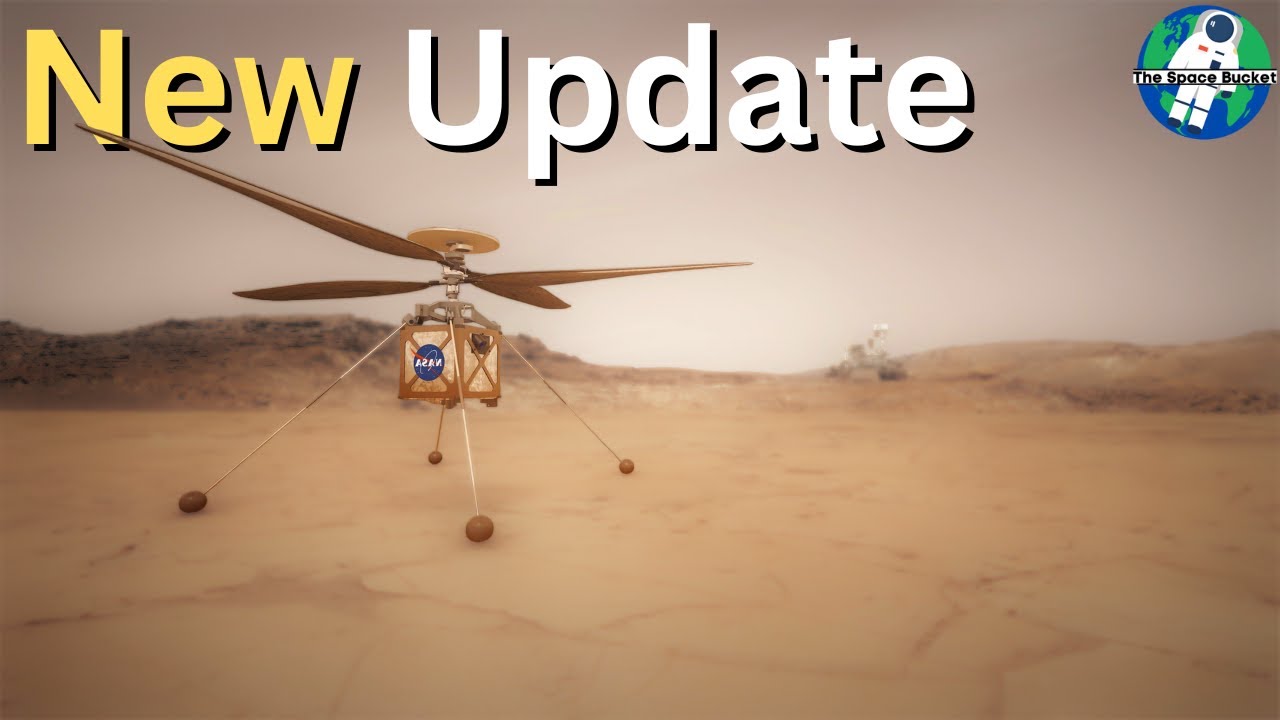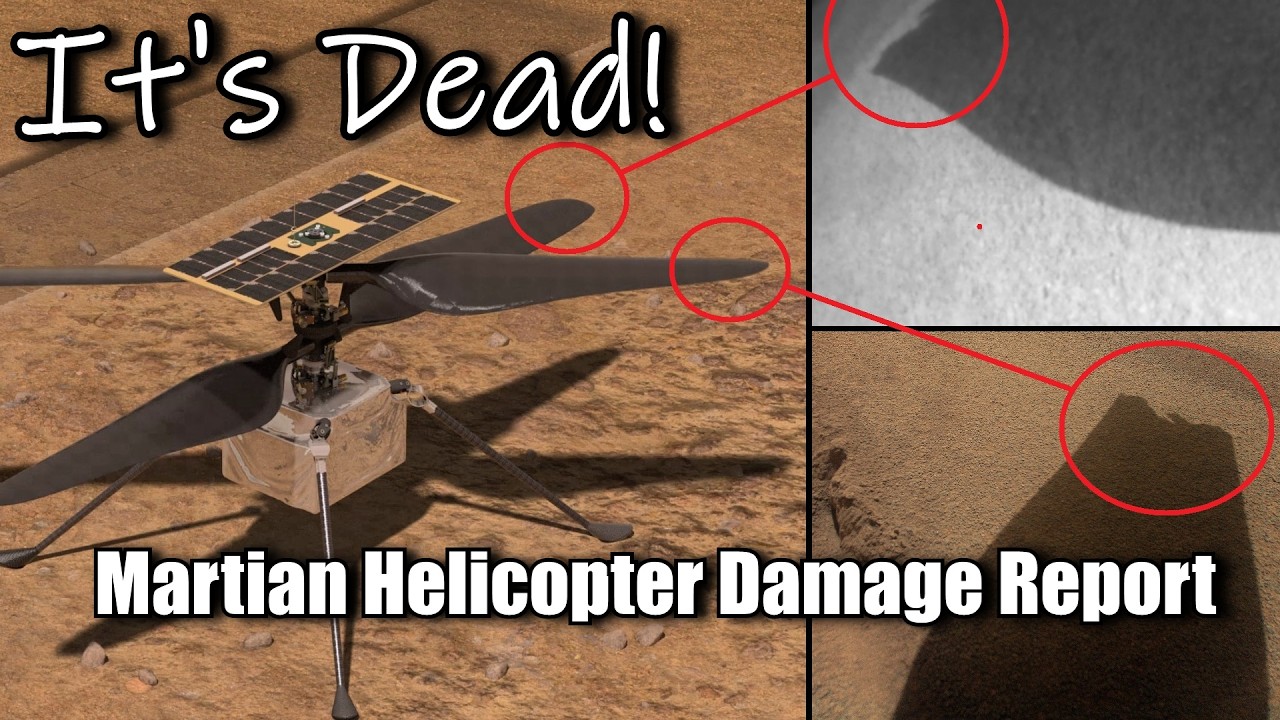Here is more from NASA about the long communication interruption with the Ingenuity Mars helicopter:
Finally, on Sol 761, nearly a week after our first missed check-in, our communications team observed a single, lonely radio ACK (radio acknowledgement) at 9:44 LMST (Local Mean Solar Time), exactly the time when we’d expect to see the helicopter wakeup. Another single ACK at the same time on Sol 762 confirmed that the helicopter was indeed alive, which came as a welcome relief for the team. Ultimately, this first-of-its-kind communications blackout was a result of two factors. First, the topology between the rover and the helicopter was very challenging for the radio used by Ingenuity. In addition to the aforementioned communications shadow, a moderate ridge located just to the southeast of the Flight 49 landing site separated the helicopter from the rover’s operational area. The impact of this ridge would only abate once the rover had gotten uncomfortably close to the helicopter. Second, the HBS antenna is located on the right side of the rover, low enough to the deck to see significant occlusion effects from various part of the rover.
On Sol 762, not long after the radio ACK was received by the HBS, the rover concluded its investigation of Foel Drygarn, turned, and began an aggressive sprint up the delta. It was now closing the distance with the helicopter at full speed. This presented a serious dilemma to the helicopter team. As mentioned in previous posts, it is extremely important for Ingenuity to stay ahead of Perseverance while moving through the narrow channels of the Jezero delta. The rover was now slated to bring the helicopter inside the 45-meter no-fly zone within the next sol. Despite having not talked to the helicopter in a week, and only the knowing roughly when to expect it to wake up, the team now needed to uplink a flight or risk being passed. Relying on the helicopter’s onboard preflight checks to ensure vehicle safety and banking on solid communications from the rover’s imminent proximity, the team uplinked the flight plan. As commanded, Ingenuity woke up and executed its 50th flight on the red planet, covering over 300 meters and setting a new altitude record of 18 m. The rover had closed to a mere 80 meters by the time the helicopter lifted off in the Martian afternoon Sun. It would be an understatement to say that the helicopter team was relieved to see the successful flight telemetry in the Sol 763 downlink the following morning.
Despite the imminent return of Martian summer, it now appears that the dust covering our solar panel will ensure that Ingenuity will likely remain in this transitional power state for some time. This means that, much to the chagrin of her team, we are not yet done playing this high-stakes game of hide and seek with the playful little helicopter.


